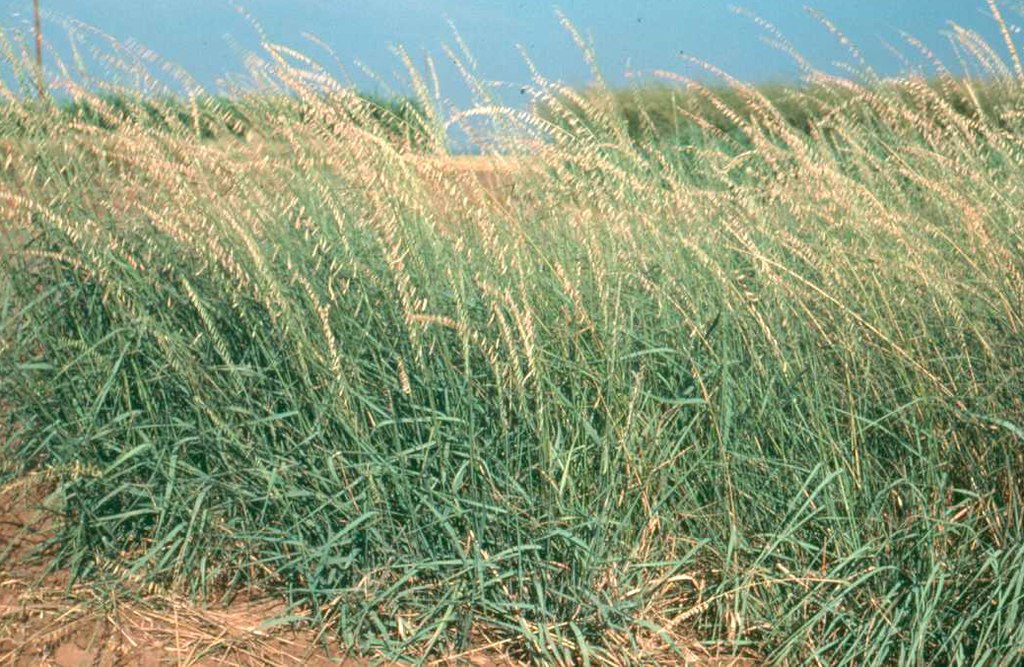CRP to Be Expanded and Enhanced in 2021
Since taking office in January, President Biden and his administration have made it clear that sustainability and environmental protection are top priorities. While actions such as establishing a regulated carbon market could take some time to implement, the government is already expanding existing programs such as the Conservation Reserve Program. CRP has proven to be one of the most successful voluntary conservation […]
CRP to Be Expanded and Enhanced in 2021 Read More »

